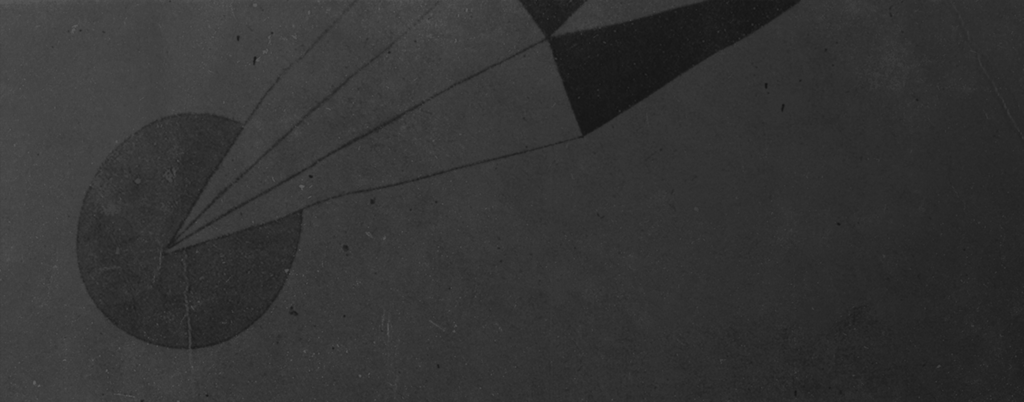WHEREAS, the National Indian Health Board (NIHB), established in 1972, serves all Federally recognized American Indian/ Alaska Native (AI/AN) Tribal governments by advocating for the improvement of health care delivery to AI/ANs, as well as upholding the Federal government’s trust responsibility to AI/AN governments; and
WHEREAS, states with large AI/AN populations do not screen school children adequately for vision problems, and most to do not screen them at all in school.
WHEREAS, the Snellen Chart (the big “E”) is estimated to miss 75% of vision issues, yet is still the only screening done by states such as Washington State for its school children.
WHEREAS, evidence from the AmeriCorps/ DCFS Child Vision Project on the Yakama Nation suggest that well over half of foster children have unmet vision needs; evidence from a survey of elementary students in Yakima, Washington, suggests a full third have “binocular” vision problems (problems will their eyes working together quickly and accurately as to allow comfortable reading); further, evidence from the Gemstone Foundation of California indicates that the incidence of urban children with “eyes in conflict” is over one-third.



